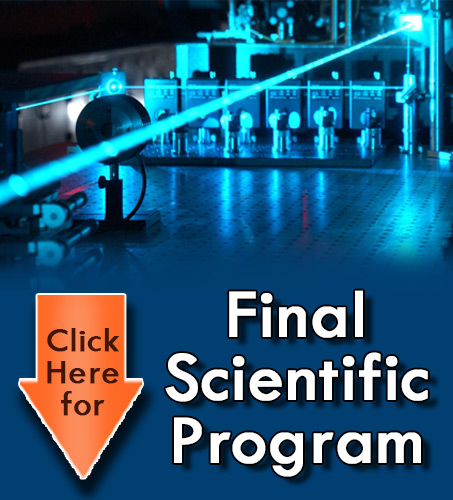
Sebastian Roling
University of Münster, Germany
Title: Split-and-delay units for soft and hard x-ray free-electron lasers
Biography
Biography: Sebastian Roling
Abstract
In the last decade the development of free-electron lasers (FELs) which operate in the extreme ultraviolet (XUV) and soft and hard x-ray spectral region have opened this photon energy regime to new and exciting experiments, like single pulse diffractive imaging, warm dense matter dynamics, surface reactions, the ionization and dissociation dynamics of isolated atoms and molecules and any more. The duration of the FEL pulses is typically three orders of magnitude horter than radiation from synchrotrons. These short pulses of typically a few tens of femtoseconds duration enable the investigation of dynamic processes now also in this spectral region with its chemically identifying characteristic inner shell excitations. Such studies require the presence of at least two temporally correlated light pulses. One can employ either one optical pulse from a conventional femtosecond laser and one FEL pulse or two FEL pulses. The first method has been hampered in the past by timing jitters, although with bunch arrival time measurements presently the jitter has been reduced to below 100 fs. Pump-probe experiments with x-ray pulses from the FELs alone ask for pulse splitting devices which in addition delay one pulse against the other. Such devices are usually based on an interferometric concept. The idea of splitting a light beam and recombining both parts again dates back to the very beginning of the 19th century. The concept of amplitude beam splitting was first realized in 1881 by A A Michelson in his famous interferometer. It has become a cornerstone for a large variety of fundamental experiments and instrumentation in the infrared, visible, UV and VUV spectral range. Ten years later another amplitude splitting interferometer was built independently by L Zehnder and L Mach. This instrument can also be used as wavefront splitting device. When a pulsed light source like, e.g., a synchrotron or a laser is employed, a different optical path length in the arms of the interferometer simultaneously implies a temporal delay between the pulses travelling via the different paths. It is exactly this fundamental principle which turns an interferometer into a pulse split-and-delay unit (SDU). General demands for the implementation of a SDU at free-electron laser facilities to be considered are: the coverage of a spectral range as broad as practical; an easy change of the intensity ratio in both beams; a large temporal delay; the preservation of the combined intensity through the instrument and; a low risk of damage of the optics.

